This is a major policy with far-reaching impacts, so the implementation process needs to be carried out carefully, along with a scientific , methodical and decisive approach.
Strategic solutions
Currently, Vietnam has more than 240 universities and nearly 400 colleges. According to Mr. Le Viet Khuyen - Vice President of the Association of Vietnamese Universities and Colleges, most of these training institutions are small in scale, have a narrow scope of operation, and have limited training and scientific research quality, failing to meet the requirements of socio-economic development.
“As a result, the Vietnamese university system is finding it difficult to form real ‘locomotives’, while the entire social resources are fragmented into small, ineffective pieces,” Mr. Khuyen commented, adding that without timely and reasonable solutions, Vietnamese higher education will face serious consequences in the future: First, quality declines. Due to scattered resources, schools find it difficult to invest in infrastructure, laboratories, and teaching staff.
Second, wasting public resources: The State has to maintain budget spending for many small units, instead of focusing on investing in centers of excellence. Third, losing the opportunity to compete internationally. While neighboring countries have universities in the top 100 and 200 in the world, Vietnam is still struggling in the regional rankings. Fourth, it is difficult to connect with development needs. The university system cannot provide high-quality human resources for strategic industries such as semiconductors, AI, biotechnology, renewable energy, etc.
In that context, the Vice President of the Association of Vietnamese Universities and Colleges said that maintaining a decentralized, inefficient system not only causes waste, but also holds back national development. Merging universities to form large-scale, multidisciplinary universities with interdisciplinary research and training capacity is a strategic solution. This is not only an educational requirement, but also a political decision related to the future of the nation.
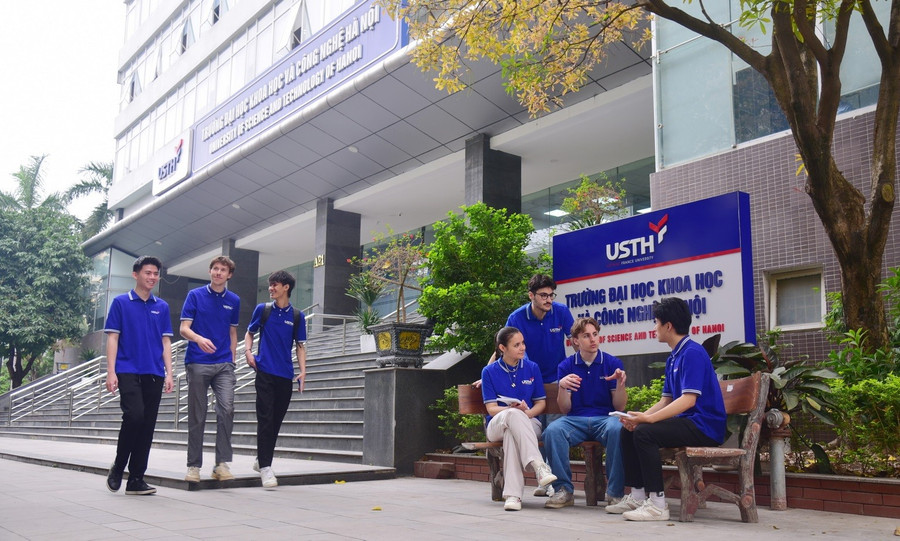
Ensuring publicity, transparency, for the public interest
According to Associate Professor Dr. Le Huu Lap - former Deputy Director of the Academy of Posts and Telecommunications, the merger policy is only beneficial to students, because then there will be no more weak schools (because these schools have been dissolved or merged into schools with better quality and university management). On the other hand, the State has concentrated investment in schools. Thereby, students studying at schools will have higher quality.
Associate Professor Dr. Le Huu Lap commented that the dissolved training institutions will be those that have not met the quality assessment criteria. In fact, these schools have difficulty recruiting students and do not meet their targets. The quality of incoming students is low, and graduates have difficulty finding jobs. Therefore, the merger policy will help schools with good brands improve their facilities.
From the perspective of training institutions, Mr. Pham Thai Son - Director of the Admissions and Communications Center (Ho Chi Minh City University of Industry and Trade) said that merging universities will help the training system become more focused and professional. Schools with strong potential will receive more resources and strengthen their brands; while small schools that are merged or restructured will have the opportunity to focus more on admissions, training and scientific research.
According to Mr. Son, mergers also bring a clear competitive advantage in terms of quality. After merging, schools can raise the admission standards or criteria in many attractive majors, and at the same time expand their links with businesses in internships and practice activities. This is a big advantage in recruitment, because students today are more interested in real job opportunities instead of just entrance scores. Schools that demonstrate the ability to effectively connect with businesses will have a stronger attraction to students.
In the long term, the process of arranging and merging higher education institutions is expected to form multidisciplinary universities with large scale, strong research capacity and regional competitiveness. This is also an important step for the Vietnamese higher education system to develop in a streamlined, effective and sustainable direction.
At the regular Government press conference in September on the afternoon of October 5, Deputy Minister of Education and Training Le Tan Dung said that the policy of rearranging, reorganizing, merging or dissolving higher education and vocational education institutions has been clearly affirmed by the Politburo in Resolution No. 71. This is a major policy of the Party, so the implementation will be carried out seriously, urgently, resolutely but cautiously, scientifically and methodically.
The Deputy Minister emphasized that the Ministry of Education and Training is fully aware of its responsibility in carrying out this task. However, it cannot be done alone, but requires coordination and consensus from central and local ministries, branches, and especially universities and vocational training institutions.
According to the assignment, the Ministry of Education and Training was assigned to develop two projects: Project to rearrange and reorganize the network of higher education and vocational education institutions; Project to transfer a number of educational and training institutions in a suitable direction.
The Deputy Minister said that the Ministry will submit it to the Prime Minister for consideration, decision and implementation in 2026. The development of the Project will be based on the viewpoints of the Party and the Government, while closely following the approved strategy for developing higher education, vocational education, and network planning, as well as the socio-economic development, defense and security goals of each region and the whole country.
According to the Deputy Minister, the important goal of the Project is to ensure that training is linked to development needs, ensuring its substance, effectiveness and suitability to Vietnam's practical conditions. Based on international experience, the Project will clearly define the mission of each type of educational institution in the national human resource training system. At the same time, it will develop specific and transparent principles and criteria to avoid "asking - giving", lobbying or negativity.
Deputy Minister Le Tan Dung said that in the coming time, the Ministry of Education and Training will seek opinions from ministries, branches, localities, experts and higher education and vocational training institutions to create high consensus before implementation.
Source: https://giaoducthoidai.vn/than-trong-bai-ban-va-khoa-hoc-khi-sap-xep-tai-cau-truc-he-thong-giao-duc-dai-hoc-post751593.html





![[Photo] Prime Minister Pham Minh Chinh receives President of Cuba's Latin American News Agency](/_next/image?url=https%3A%2F%2Fvphoto.vietnam.vn%2Fthumb%2F1200x675%2Fvietnam%2Fresource%2FIMAGE%2F2025%2F12%2F01%2F1764569497815_dsc-2890-jpg.webp&w=3840&q=75)


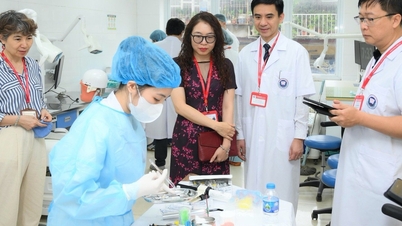

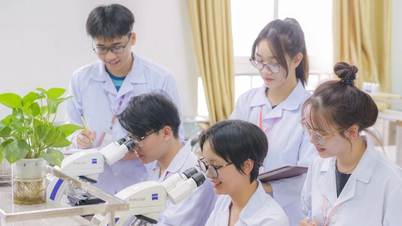


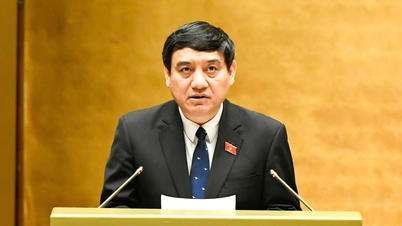




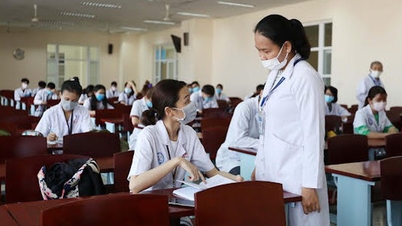
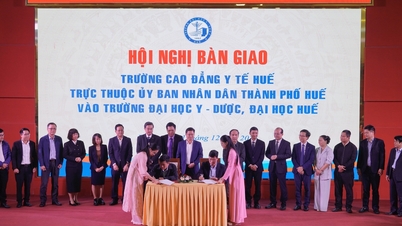
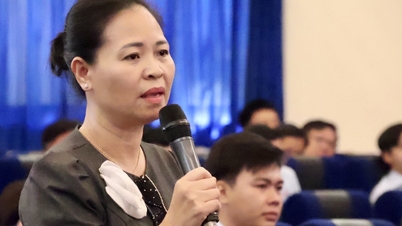
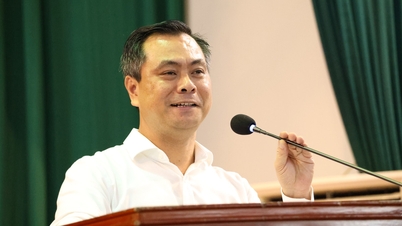
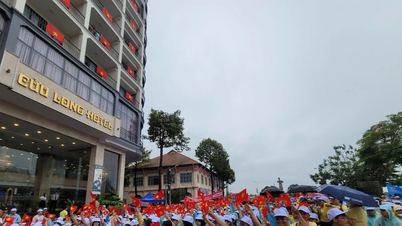




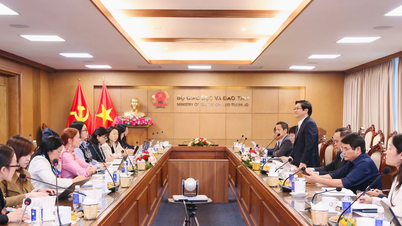
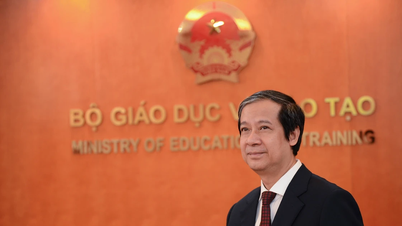
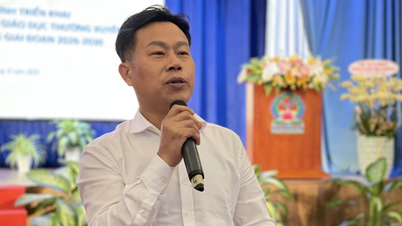
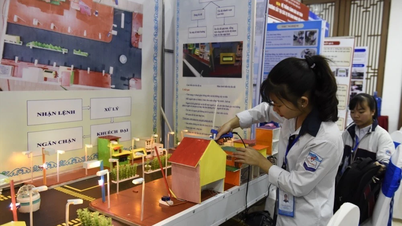
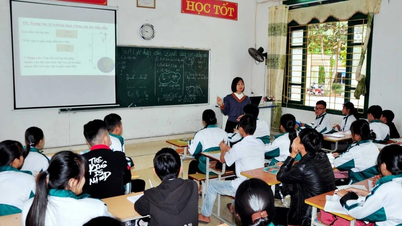
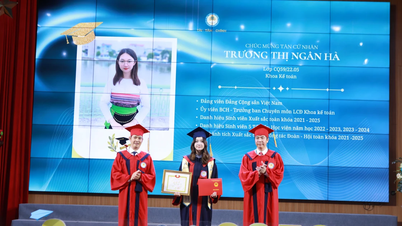







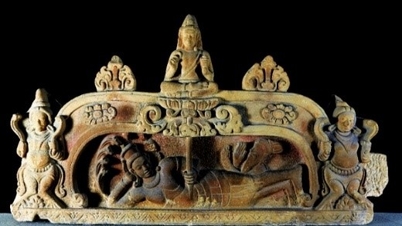



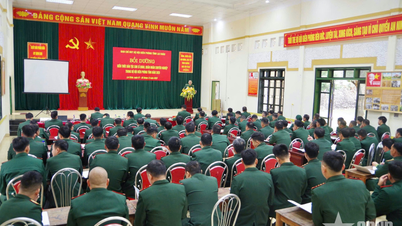


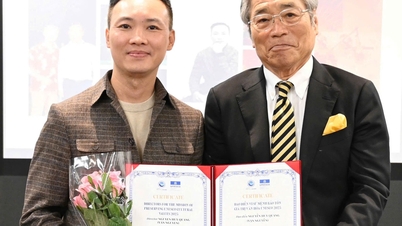




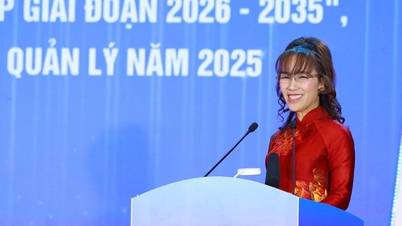



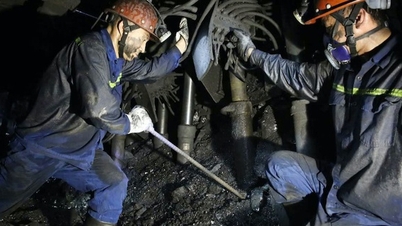


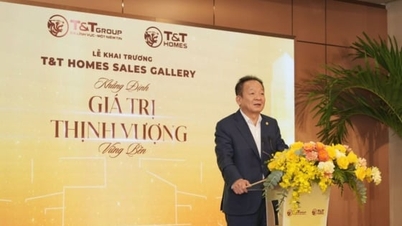










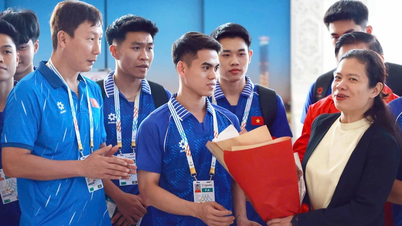







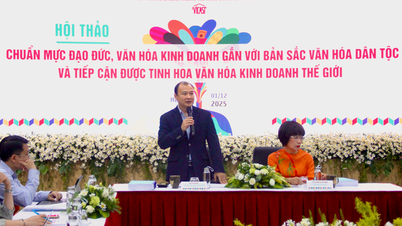
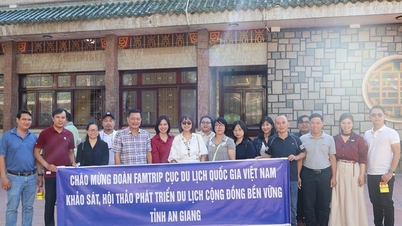
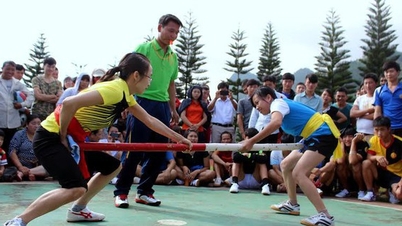
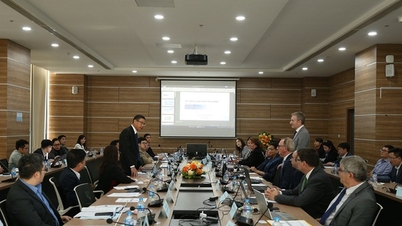

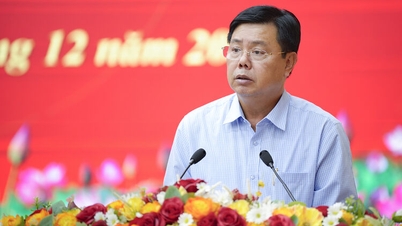

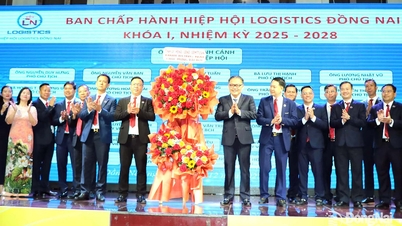




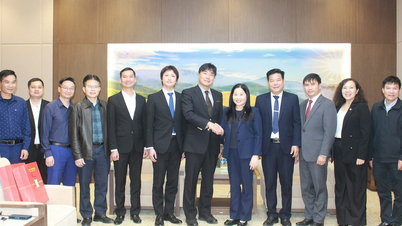
















Comment (0)